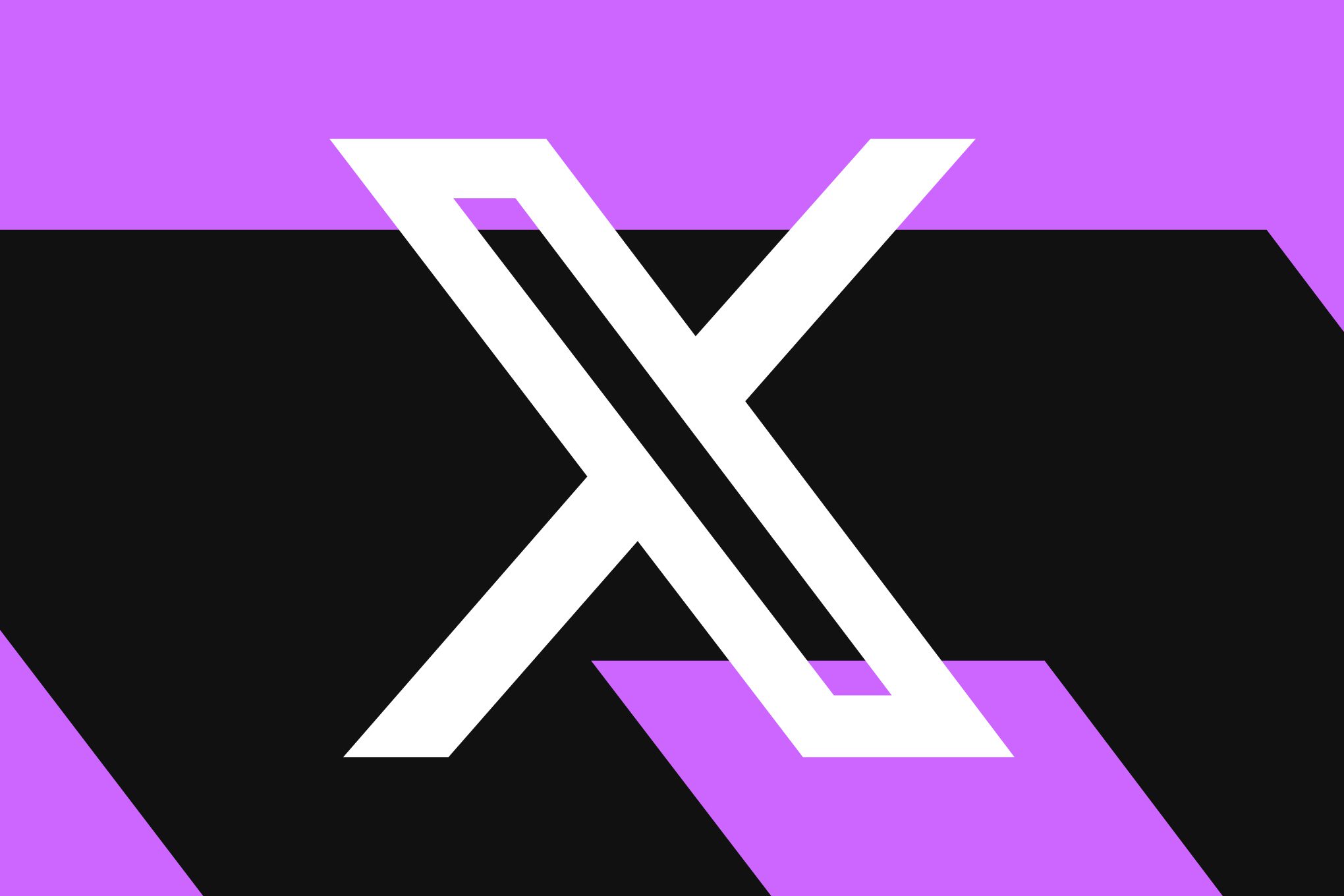Opera’s Neon browser introduces a unique approach to integrating artificial intelligence, featuring multiple AI bots designed to enhance user experience, but this complexity may lead to confusion for users.
Understanding Opera’s Neon Browser
Opera’s Neon is not merely an upgraded version of a traditional web browser; it represents a significant shift in how users interact with web technologies. The browser incorporates three distinct AI bots, each tailored for specific tasks. This multifaceted approach aims to streamline various online activities, but it also raises questions about usability and user experience.
The Role of Multiple AI Bots
The presence of three AI bots in Opera’s Neon allows users to perform a variety of tasks without leaving the browser. Each bot is designed to handle different functions, such as content generation, information retrieval, and personalized recommendations. This design choice reflects Opera’s ambition to create a comprehensive tool that caters to diverse user needs.
However, the challenge lies in the navigation of these bots. Users may find it difficult to determine which bot to engage for specific tasks. For instance, if a user wants to generate content, they must know which AI bot specializes in that area. This complexity can lead to frustration, particularly for those who are not tech-savvy or familiar with AI technologies.
Market Context and Competition
Opera’s Neon is entering a competitive landscape filled with AI-enhanced browsers. Major players like Google’s Chrome, which has integrated AI through its Gemini project, and newcomers such as Perplexity’s Comet and The Browser Company’s Dia, are all vying for user attention. Each of these browsers offers unique features and capabilities, making the market increasingly crowded.
Comparative Features
While Opera’s Neon stands out due to its multiple AI bots, other browsers are also innovating in the AI space. For example, Google’s Gemini aims to enhance user experience by providing intelligent suggestions and automating routine tasks. Similarly, Comet focuses on integrating AI to improve search functionalities, while Dia emphasizes user privacy and security alongside its AI features.
In this context, Opera’s decision to charge for its Neon browser may raise eyebrows. Many competitors offer free versions or rely on ad revenue to sustain their services. This pricing strategy could limit Opera’s ability to attract a broad user base, particularly in an era where consumers are increasingly cost-conscious.
User Experience and Interface Design
The user interface of Opera’s Neon is designed to be visually appealing and modern. The browser features a sleek design with vibrant colors and an intuitive layout. However, the complexity introduced by the multiple AI bots can detract from the overall user experience. Users may find themselves overwhelmed by the options available, leading to a steeper learning curve than anticipated.
Feedback from Early Users
Initial feedback from users who have had the opportunity to test Opera’s Neon has been mixed. Some users appreciate the innovative features and the potential for enhanced productivity through AI integration. They highlight the convenience of having multiple bots at their disposal, allowing for a more tailored browsing experience.
Conversely, other users have expressed frustration with the navigation and usability of the browser. The difficulty in determining which bot to use for specific tasks has been a common point of contention. This feedback suggests that while the concept is promising, the execution may need refinement to ensure a smoother user experience.
Implications for the Future of Browsers
The introduction of AI-powered browsers like Opera’s Neon signifies a broader trend in the tech industry. As artificial intelligence continues to evolve, its integration into everyday tools such as web browsers is likely to become more prevalent. This shift could lead to a redefinition of how users interact with the internet and access information.
Potential for Innovation
Opera’s approach to integrating multiple AI bots could pave the way for further innovations in browser technology. If the company can address the usability concerns raised by early users, it may set a new standard for how AI can enhance web browsing. The potential for personalized experiences, improved productivity, and streamlined workflows is significant.
Moreover, as competition in the AI browser market intensifies, other companies may feel pressured to innovate and improve their offerings. This could lead to a cycle of rapid advancements, benefiting consumers with more efficient and user-friendly tools.
Stakeholder Reactions
The reactions from stakeholders in the tech industry have been varied. Analysts have noted that while Opera’s Neon is an ambitious project, its success will largely depend on user adoption and satisfaction. The ability to simplify the user experience while maintaining the innovative features will be crucial for Opera’s long-term viability in the market.
Investors are also keeping a close eye on Opera’s performance. The company’s ability to differentiate itself in a crowded market will be essential for attracting funding and support. If Opera can successfully navigate the challenges posed by its multi-bot system, it may establish itself as a leader in the AI browser space.
Conclusion
Opera’s Neon browser represents a bold step into the future of web browsing, leveraging multiple AI bots to enhance user experience. While the potential benefits are significant, the complexity introduced by this approach may pose challenges for users. As the market for AI-powered browsers continues to grow, Opera must address usability concerns to ensure its place among competitors. The success of Neon will ultimately depend on its ability to simplify the user experience while delivering innovative features that meet the evolving needs of consumers.
Source: Original report
Was this helpful?
Last Modified: October 20, 2025 at 1:35 am
0 views














